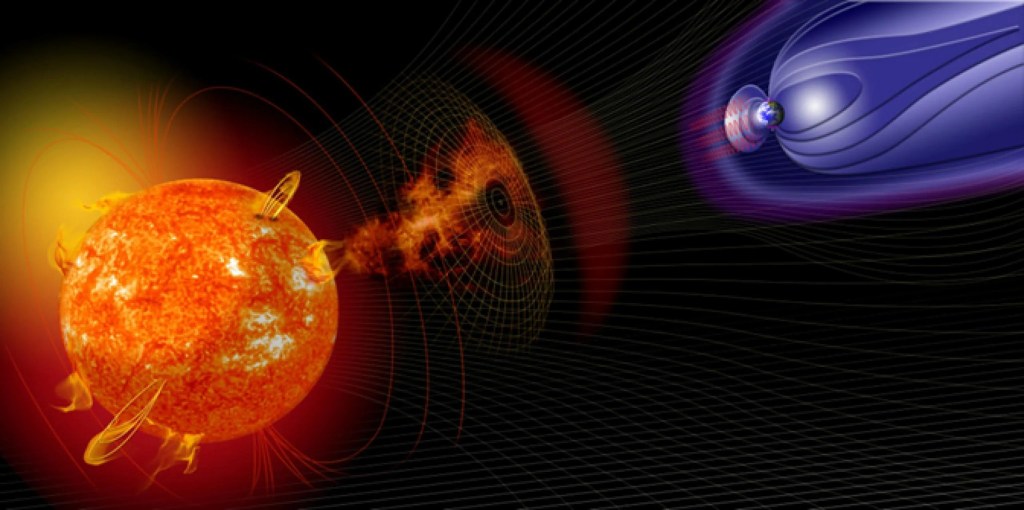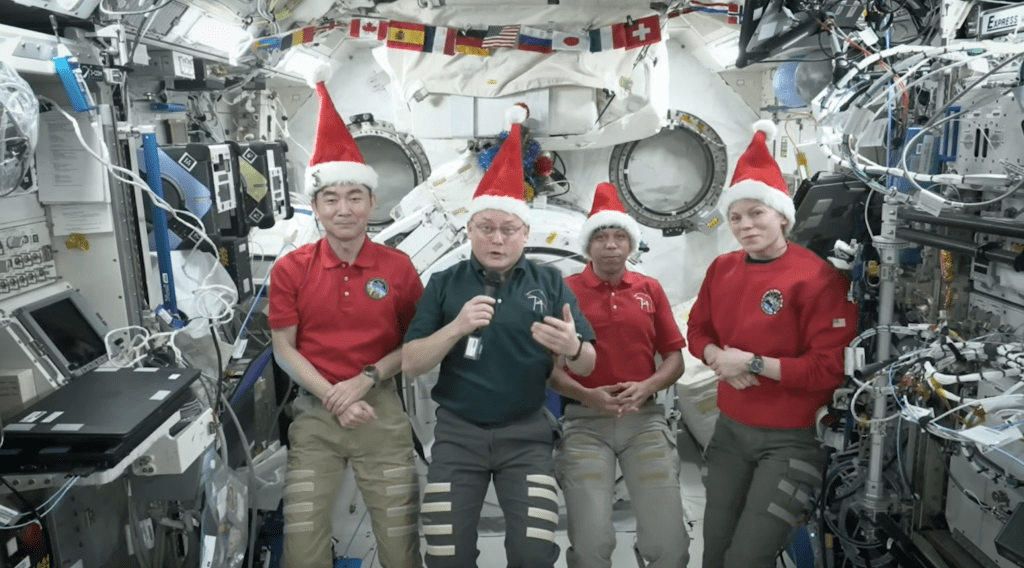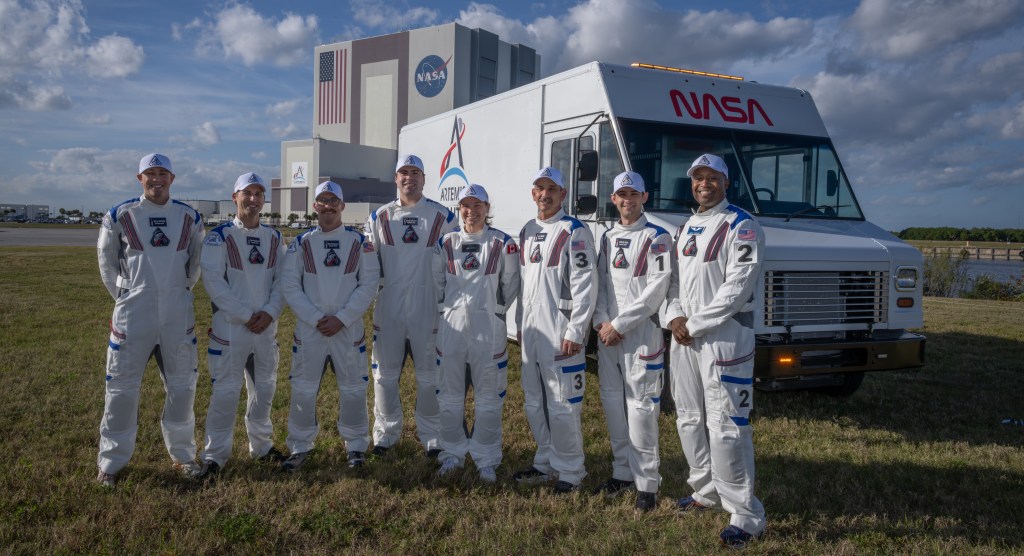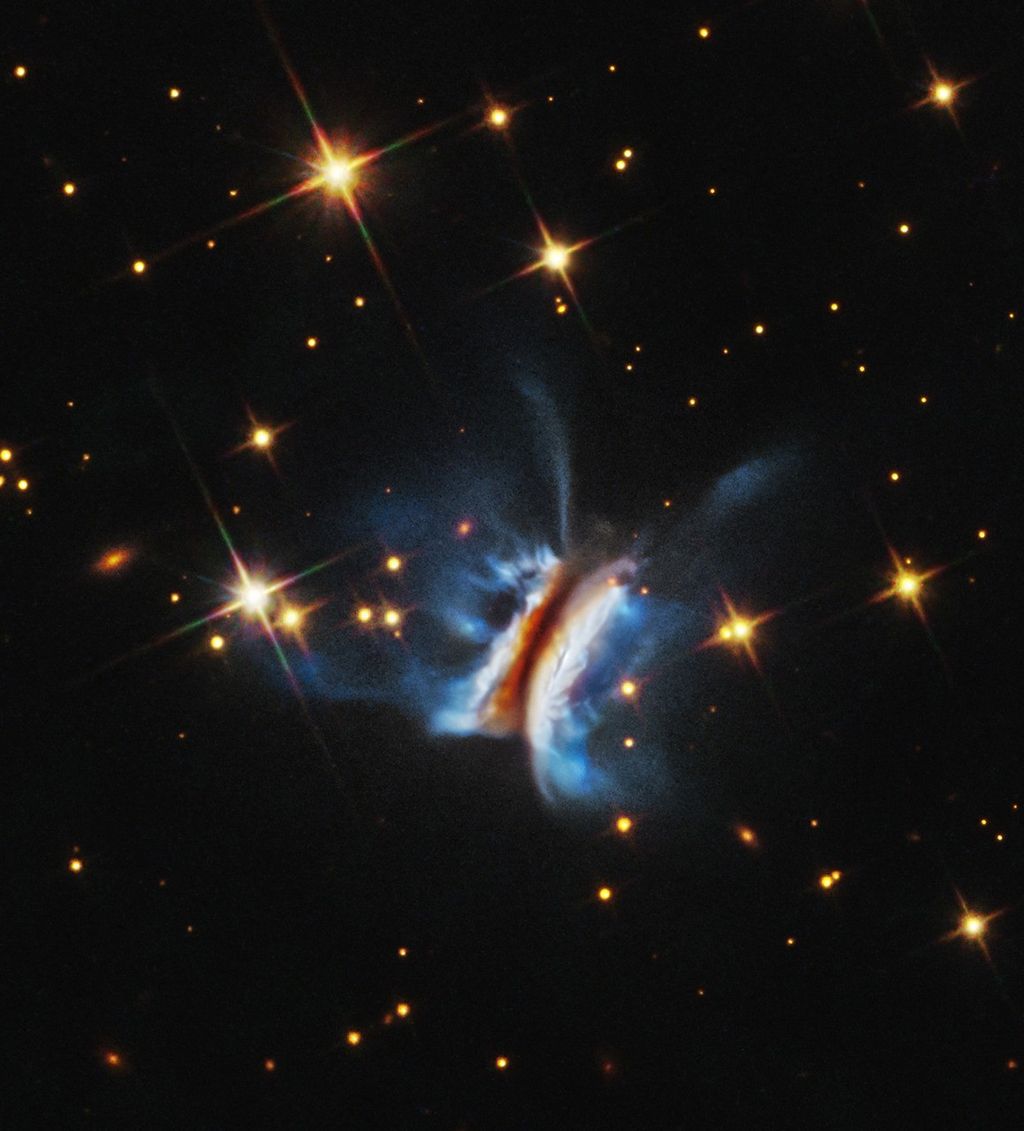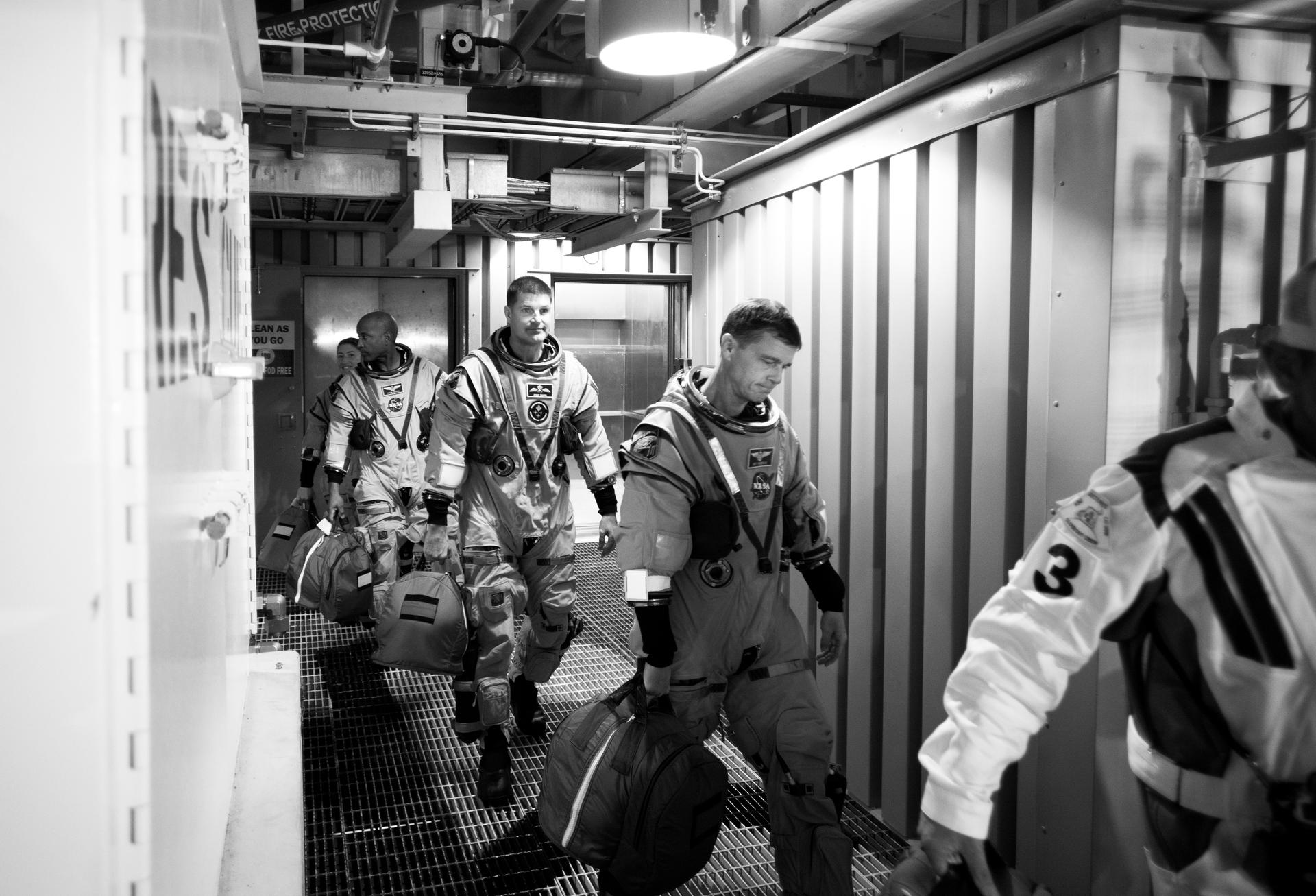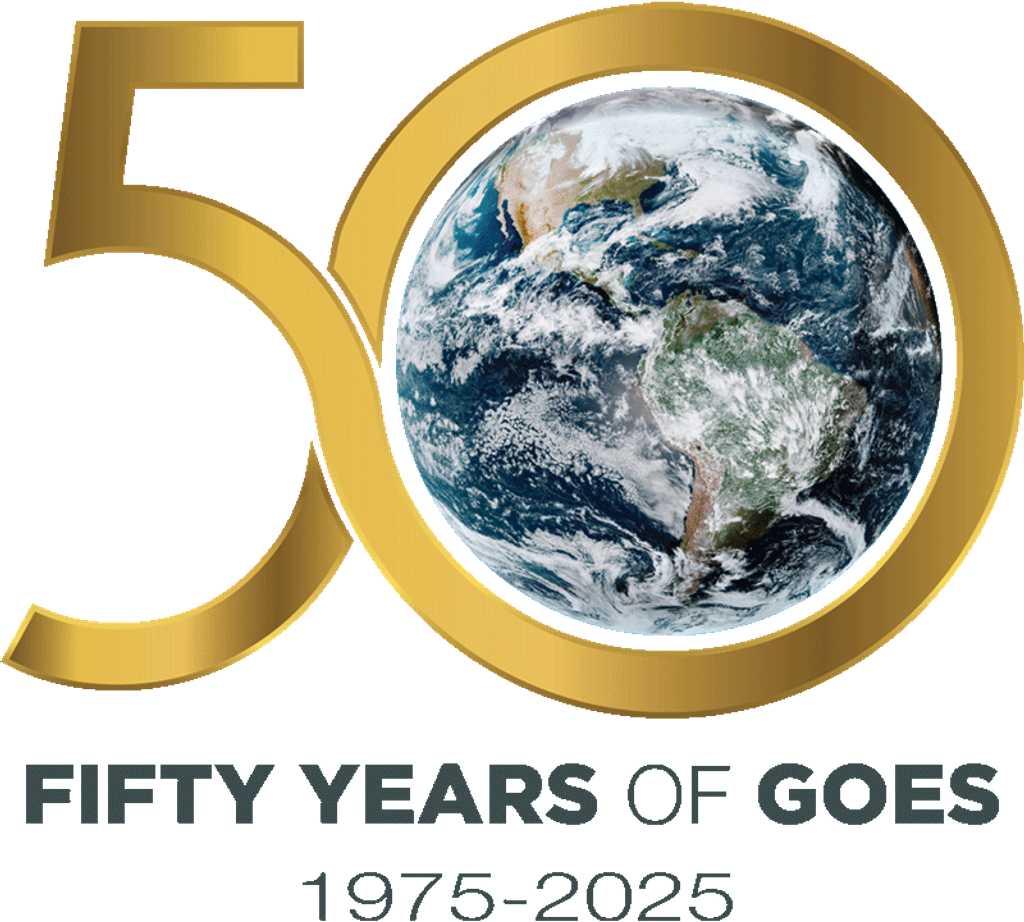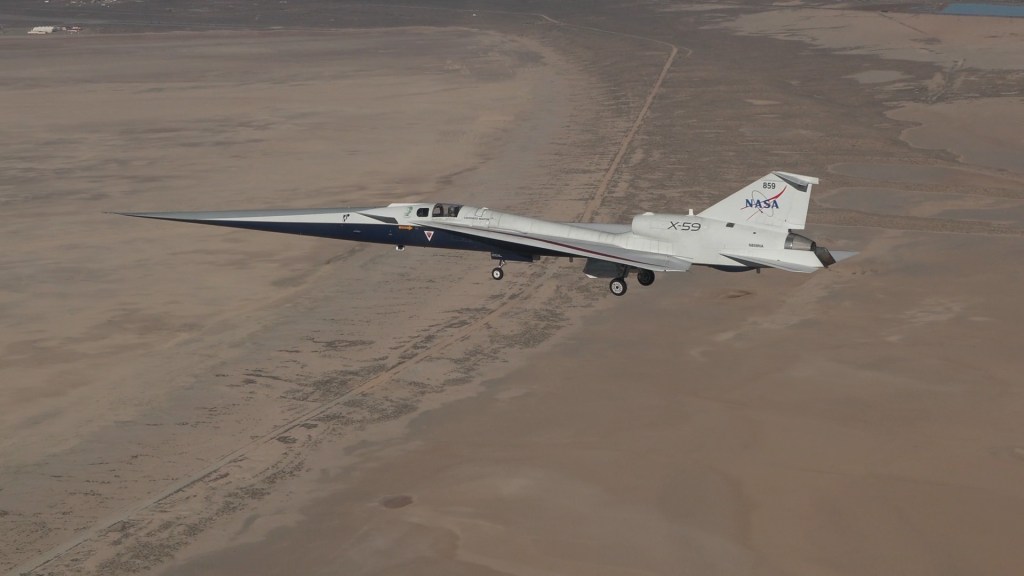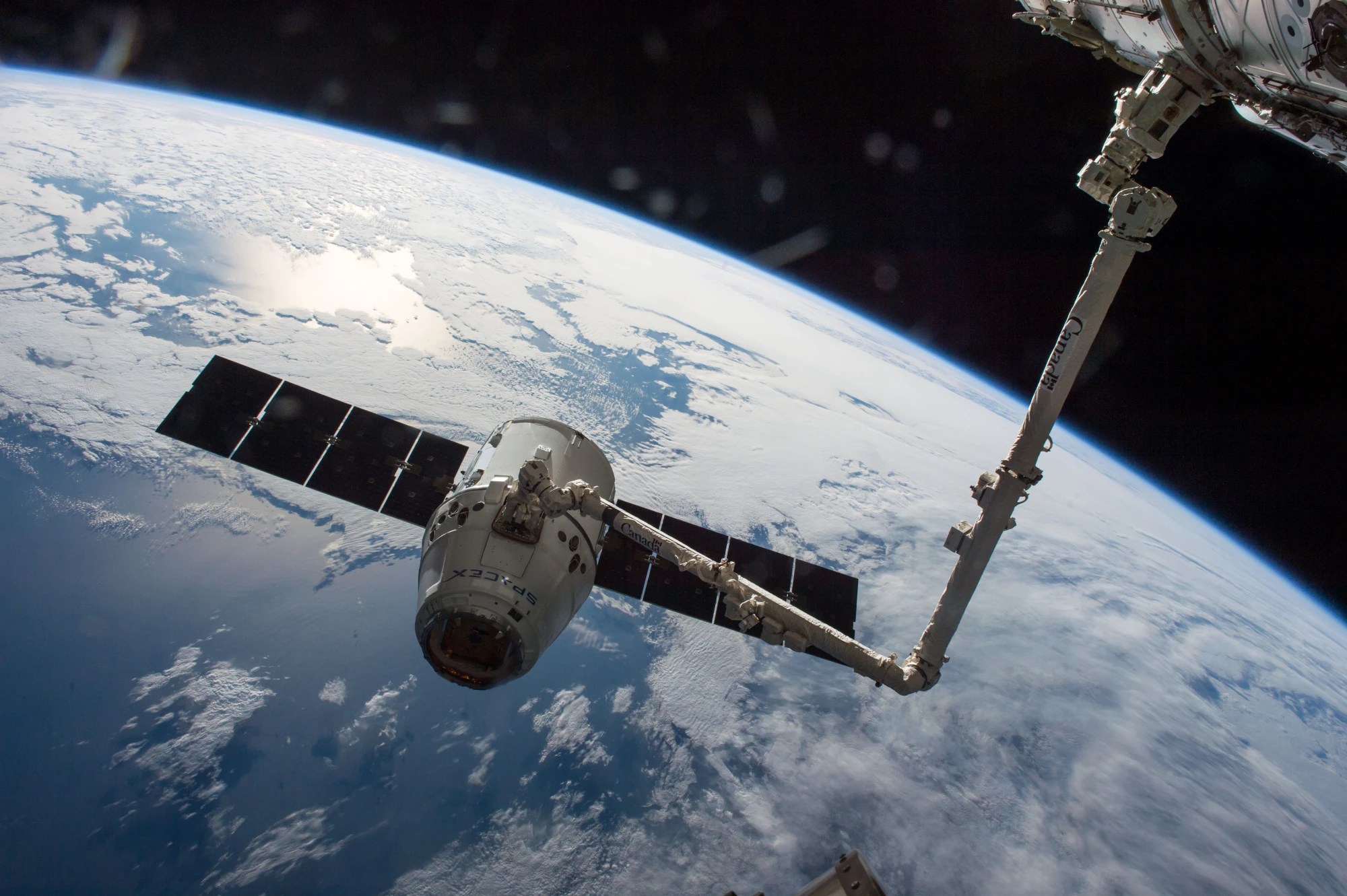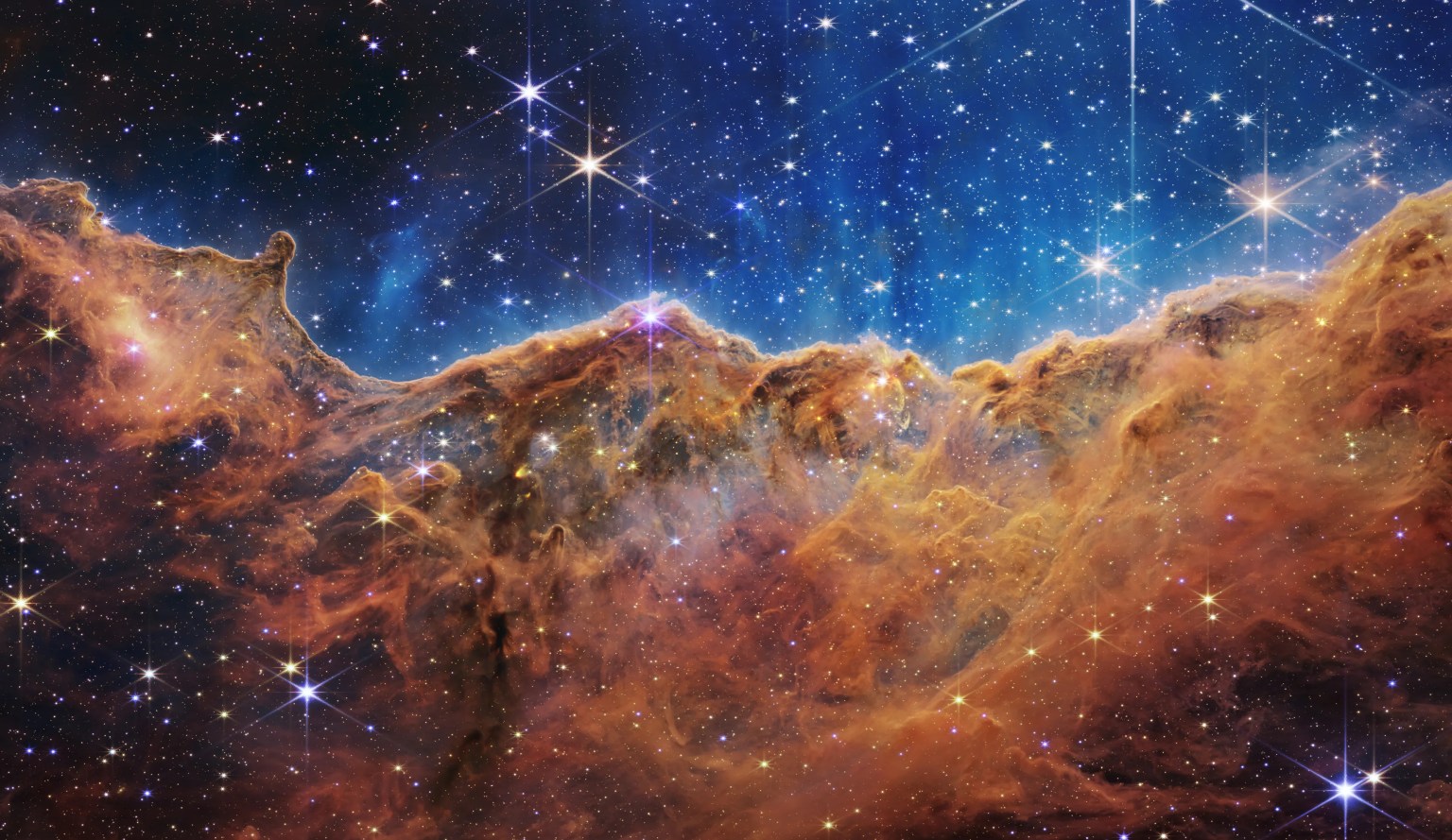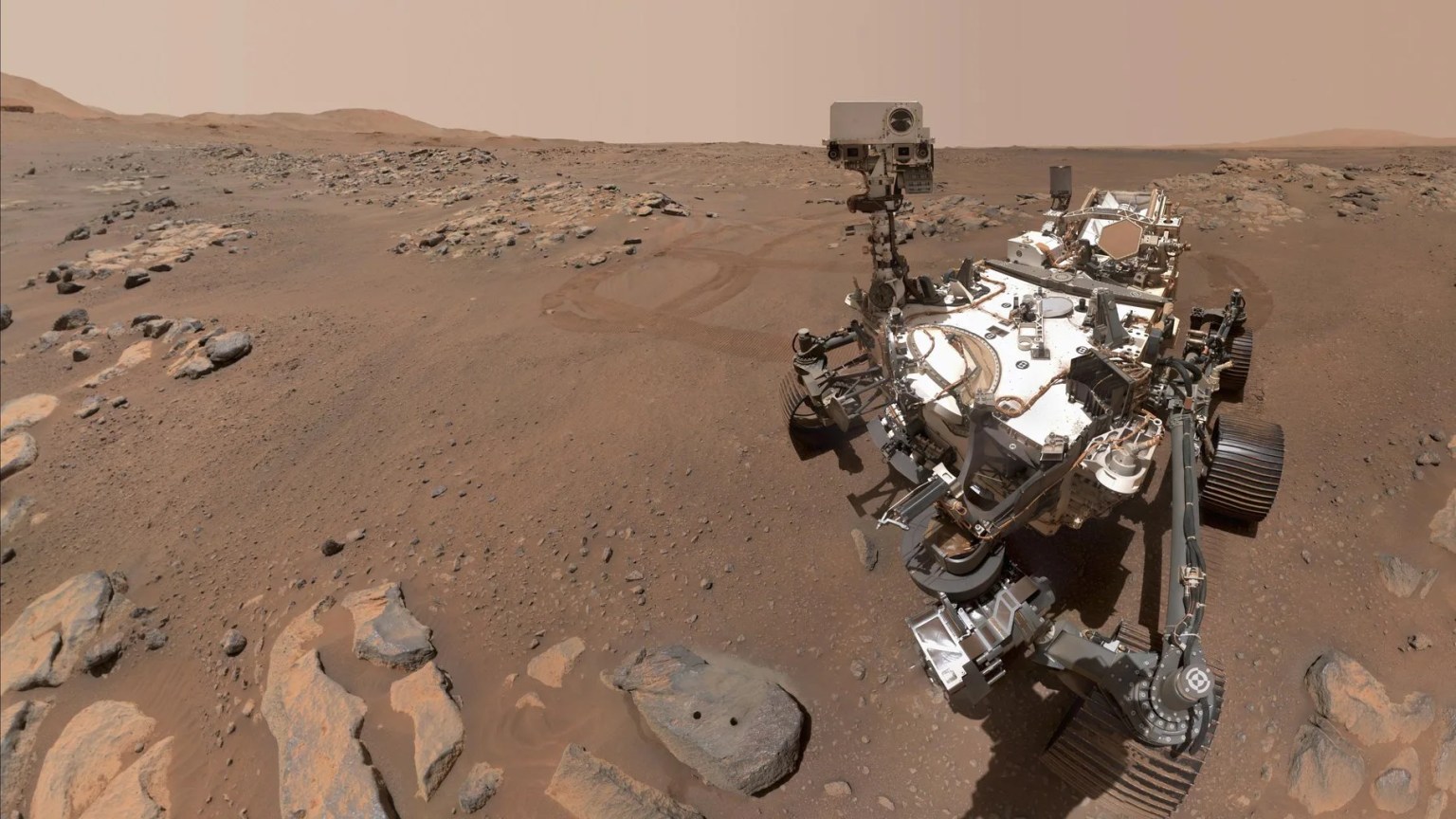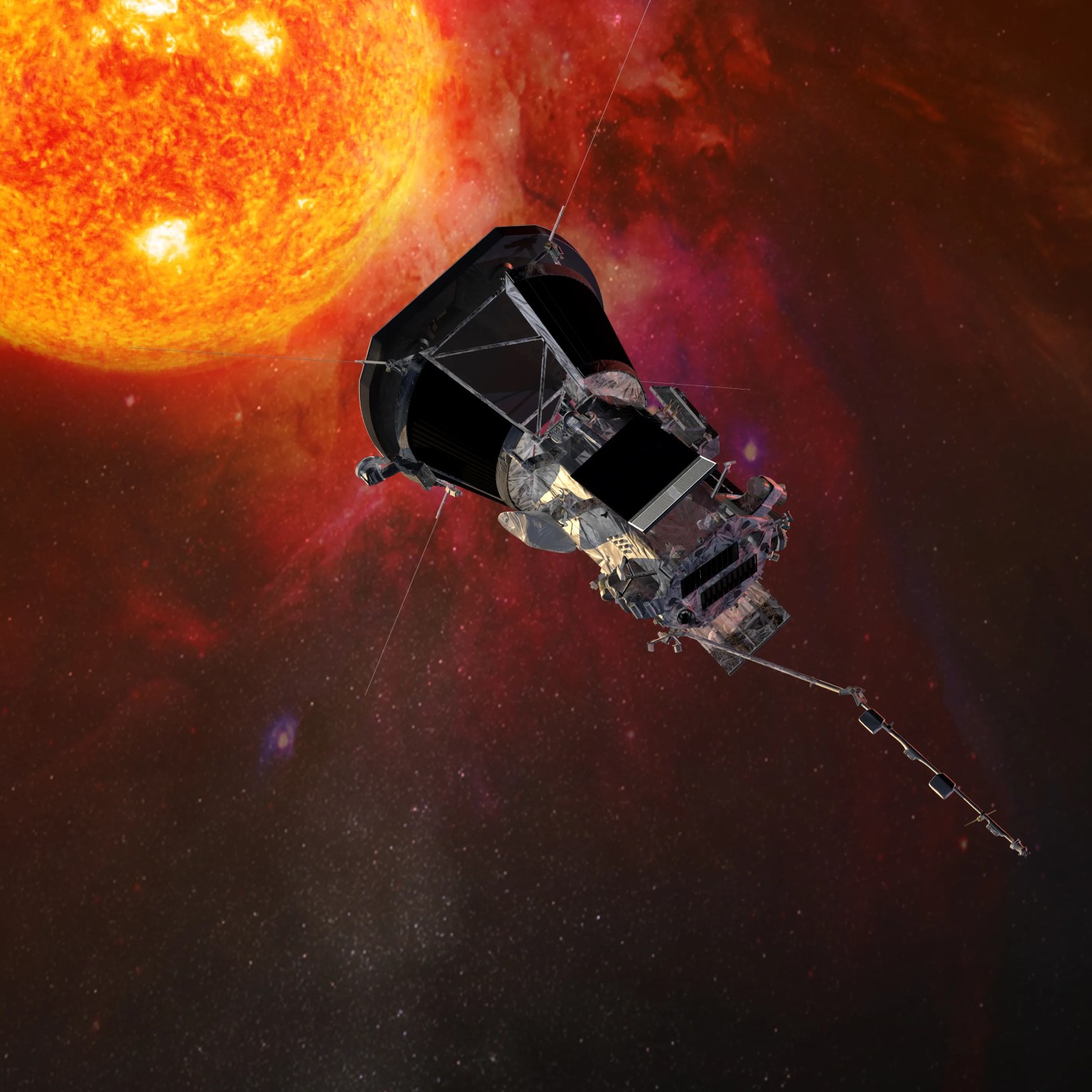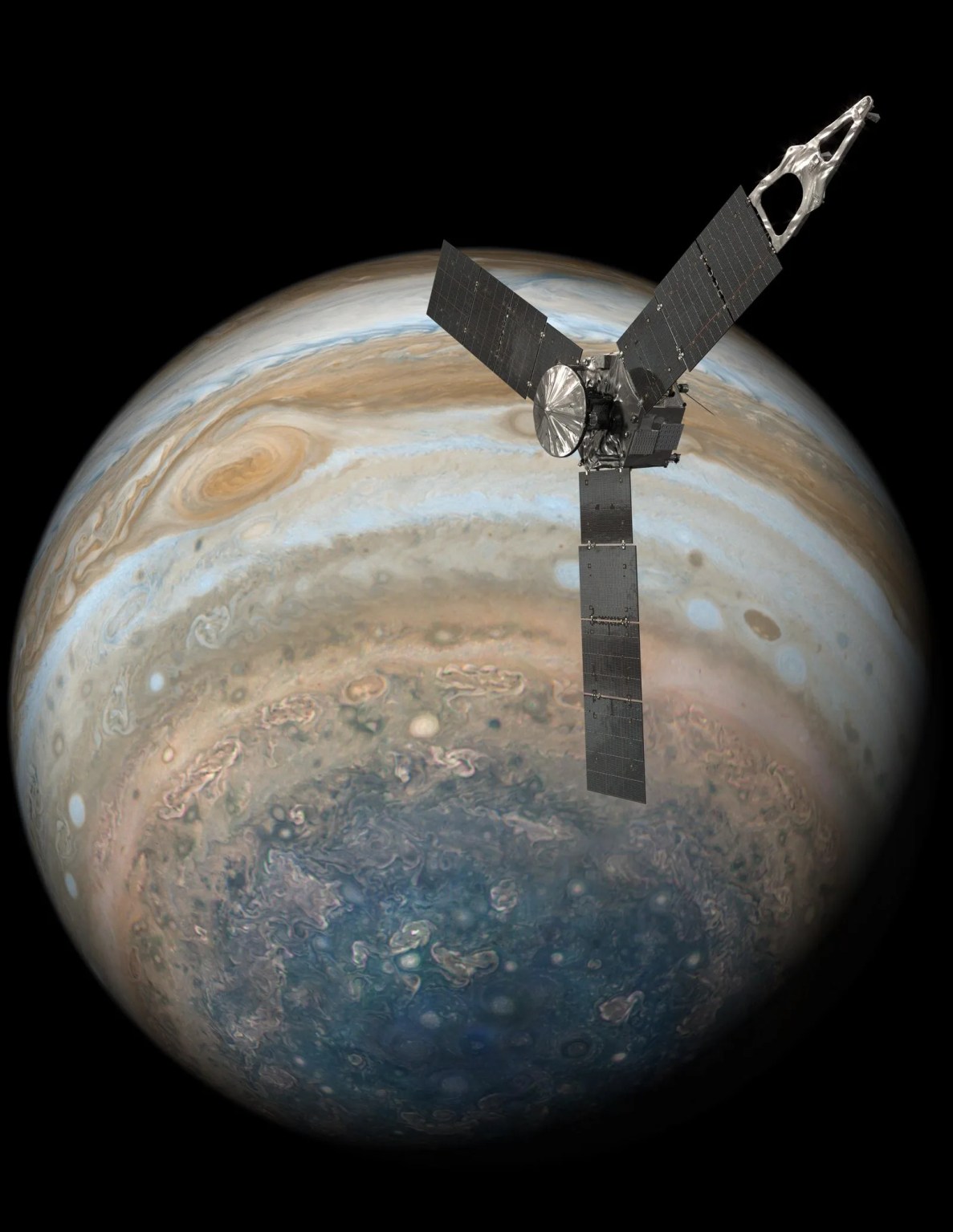Explorers
The mission of the Explorers Program is to provide frequent flight opportunities for world-class scientific investigations from space utilizing innovative, streamlined and efficient management approaches within the heliophysics and astrophysics science areas. Explorers are opportunities for innovative science and fill the scientific gaps between the larger missions.
The program seeks to enhance public awareness of, and appreciation for, space science and to incorporate educational and public outreach activities as integral parts of space science investigations.
The Explorer program enables the definition, development and implementation of mission concepts through a variety of modes to meet the need of the scientific community and the NASA space science enterprise.
The Explorer Program Office at Goddard Space Flight Center in Greenbelt, MD, provides management of the multiple scientific exploration missions in the Explorer space flight program. The missions are characterized by relatively moderate cost, and by small to medium sized missions that are capable of being built, tested and launched in a short time interval compared to the large observatories.
Missions supporting this program:
- ACE
- AIM
- CINDI/CNOFS
- FAST
- FUSE
- GALEX
- GEMS
- HETE-1
- HETE-2
- Hitomi (ASTRO-H)
- IBEX
- IRIS
- NICER
- NuSTAR
- RHESSI
- RXTE
- Suzaku
- SWAS
- Swift
- TESS
- THEMIS
- TRACE
- TWINS A & B
- WISE
- WMAP
The Sun
The sun is a dynamic star, made of super-hot ionized gas called plasma.
The sun's surface and atmosphere change continually, driven by the magnetic forces generated by this constantly-moving plasma. The sun releases energy in two ways: the usual flow of light that illuminates the Earth and makes life possible; but also in more violent and dramatic ways--it gives off bursts of light, particles, and magnetic fields that can have ripple effects all the way out to the solar system's magnetic edge.
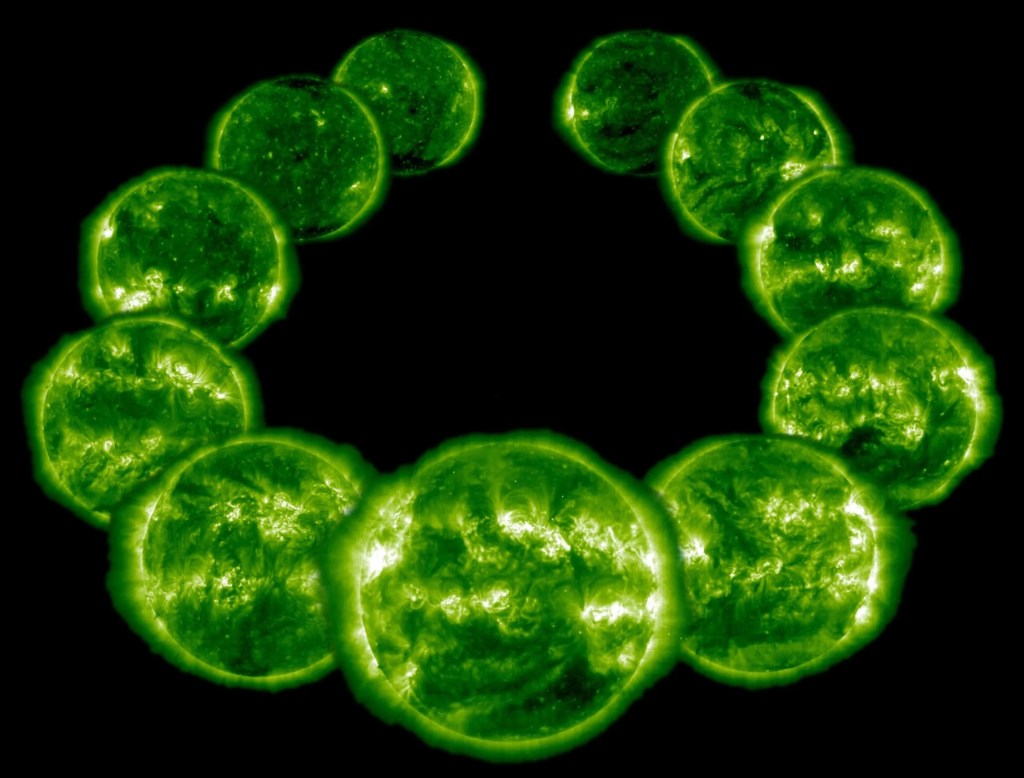
Magnetospheres
A magnetosphere is the region around a planet dominated by the planet's magnetic field.
Other planets in our solar system have magnetospheres, but Earth has the strongest one of all the rocky planets: Earth's magnetosphere is a vast, comet-shaped bubble, which has played a crucial role in our planet's habitability. Life on Earth initially developed and continues to be sustained under the protection of this magnetic environment.
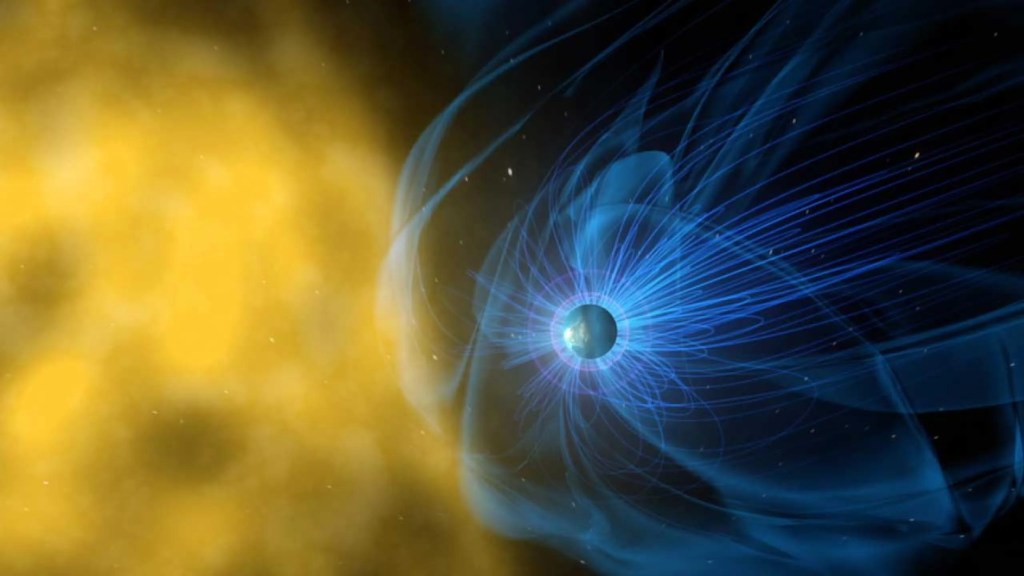
Space Weather
Though space is about a thousand times emptier than even the best laboratory vacuums on Earth, it’s not completely devoid of matter.
The sun’s constant outflow of solar wind fills space with a thin and tenuous wash of particles, fields, and plasma. This solar wind, along with other solar events like giant explosions called coronal mass ejections, influences the very nature of space and can interact with the magnetic systems of Earth and other worlds. Such effects also change the radiation environment through which our spacecraft – and, one day, our astronauts headed to Mars – travel.
